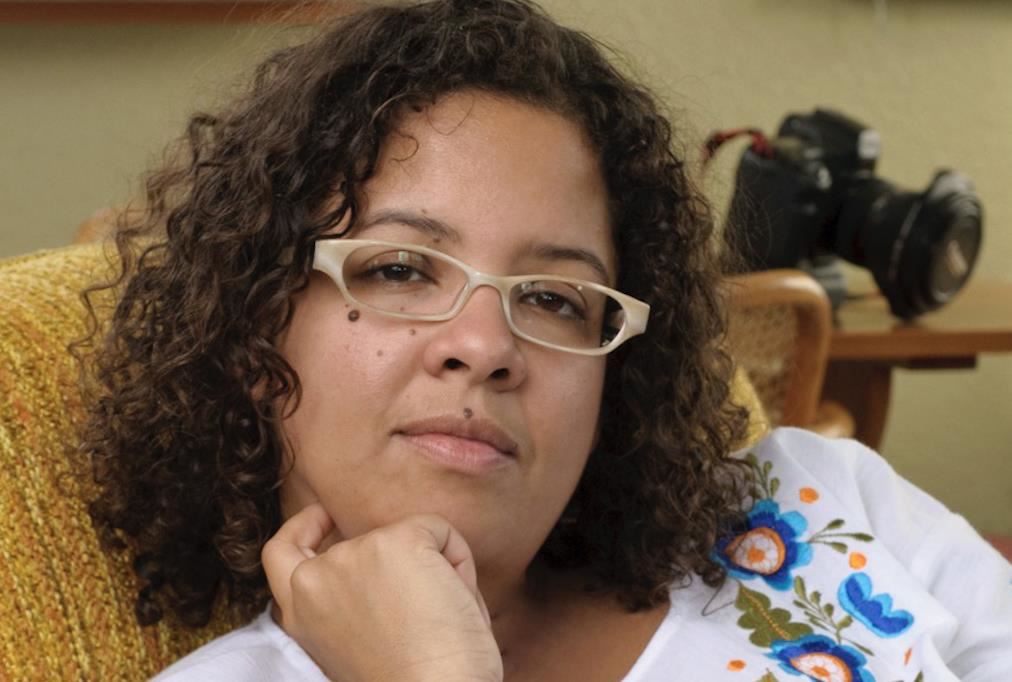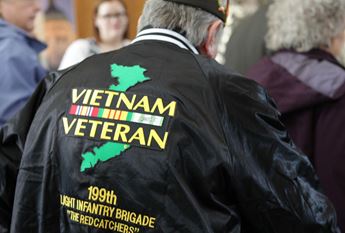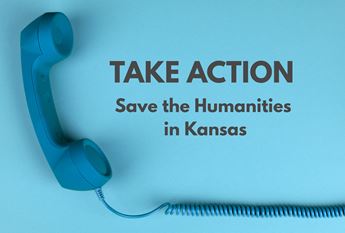

Big Idea: The Power of Imagery and the Civil Rights Experience
May 7, 2024
Note: Due to copyright restrictions, the images are accessible by clicking on the corresponding links.
Margaret Bourke-White, World’s Highest Standard of Living (1937)
Great photographs open your eyes to the world around you, raise awareness, and make you feel emotion. They are powerful reminders of our history and allow us to bear witness to our collective past. Perhaps some of the most powerful early images are of activist, orator, and formerly enslaved man Frederick Douglass.
Various Artists, Photos of Frederick Douglass.
Douglass escaped slavery in 1838, the same year that Louis Daguerre took the first photograph of a person in Paris. Douglass recognized that photography could be a powerful tool, and he constantly sat for the camera to communicate to the world a serious, intelligent, engaged, good-looking, and dignified man. This made him the most photographed American in the 19th century. Douglass said, “When you look at a photograph of me you will never deny that I am a man worthy of freedom and citizenship. You will look me in the eye and see my humanity.”
Just as Douglass recognized the power of photography as a tool to help put an end to slavery and injustice, photographers during the Civil Rights era turned their cameras toward the fight for equality and human rights. Their business was to tell the truth about the lives of African Americans.
These photographers were brave, steadfast, and determined to shed light on our behavior as a nation. They used the power of the still image to expose the atrocities that were occurring in this country on a daily basis.
Their work was tireless and dangerous, done out of duty and honor. The price of liberty is eternal vigilance, and part of that vigilance comes from a visual way of understanding what we are experiencing and what needs to be confronted.
One of the most famous photographers of this era was a Kansan: Gordon Parks was born in Fort Scott in 1912, the youngest of 15 children in a family deeply affected by the racial terror used to enforce Jim Crow segregation. As his memoir of the same title explains, he saw the camera as his “choice of weapons” against all the things he disliked about living in America as a Black man.
Gordon Parks, Doll Test, Harlem, New York, 1947
Parks became the first Black photographer for Life Magazine, giving a voice to the marginalized, downtrodden, and underrepresented. In 1947 he photographed the Doll Test for Ebony magazine. This famous psychological test by Drs. Kenneth and Mamie Clark presented young children with a white doll and a Black doll. They were asked to identify which doll they preferred, which one was good, and which one was bad. Most children chose the white doll. When asked which doll was most like them, some children became upset when they had to identify with the Black doll. The study revealed the psychological damage of segregation and influenced the Supreme Court’s monumental Brown v. Board of Education decision that separate was not equal.
Will Counts, Elizabeth Eckford and Hazel Bryan (or “The Scream Image”), 1957
Will Counts was born and raised in Little Rock, Arkansas, and took one of the most iconic images of the Civil Rights movement: Elizabeth Eckford trying to enter high school surrounded by a white mob; Hazel Bryan is yelling at her from behind, her face contorted with anger. This image has become a notorious symbol of white hatred and followed both Eckford and Bryan throughout their lives. In 1963 Bryan apologized to Eckford for her behavior. Counts photographed them again in 1997; they struck up an unlikely friendship and spoke at schools about tolerance, but the friendship eventually ended.
Photographer Charles Moore was born in Hackleburg, Alabama, in 1931. He credited his parents for giving him strength, faith, and acceptance of all people. He said, “Pictures can absolutely make a difference and have an impact on society, that’s what photojournalism is. They allow white people to see the violence and cruelty that Black Americans must endure.” The protests in Birmingham were a turning point for Civil Rights as Moore captured the violence and brutality that peaceful protesters endured. Moore said that “they seemed to enjoy beating on these people, and had such hatred in their faces as they committed these atrocities and spewed their anger and venom.”
Spider Martin, Alabama God-Damn (1965)
In 1965, James “Spider” Martin captured this image from the Selma Voting Rights March. It’s a powerful message and one that calls back to the infamous photograph of the formerly enslaved man named Peter, taken 102 years earlier. Peter (also known as Gordon) endured a harrowing 10-day journey while barefoot and chased by bloodhounds. He found safety among Union soldiers encamped at Baton Rogue; when he was examined by military doctors, they discovered the horrific scars on his back from beatings. The image, which came to be known as “Whipped Peter,” is one of the strongest testaments of the brutality of slavery and helped to fuel the abolitionist movement. Fast forward to 1965; this unidentified man is fed up and defiant. Rev. Martin Luther King once said to Spider Martin, “Spider, we could have marched and protested forever, but if it weren’t for guys like you it would have been for nothing. The whole world saw your pictures, and that’s why the Voting Rights Act passed.”
Bob Gomel, Black Muslim Leader Malcolm X photographing then Cassius Clay, Miami, 1964
Bob Gomel was a photographer for Life Magazine and was known for his iconic images of world leaders and popular culture. He took this image of Malcolm X photographing Cassius Clay in Miami. Gomel said, “The atmosphere was celebratory and jubilant, and it was very easy to be around these men and capture their true essence.” Both men would make sure to carefully craft their public images, assuring they were taken seriously and knowing that controlling the narrative was a source of power for Black people. The site—a diner lunch counter, itself a symbol of resistance—was certainly no accident. Clay would change his name later that same year, abandoning his “slave name” and adopting Muhammad Ali, which filled him with pride and power. Tragically, Malcolm X would be assassinated early the following year.
Devin Allen, Time Magazine covers, 2015 and 2020
Today, a new generation of Civil Rights photographers stand on the shoulders of trailblazers like Douglass and Parks: Devin Allen, LaToya Ruby Frazier, Sheila Pree Wright, Patience Salanga, and Daewoud Bey among many others continue the work of showing us the struggle for equality. We need these important images and voices to make sure the stories are told and not brushed under the rug. Through photos, we feel these incidents and can see a mirror of ourselves. They show us that this is our burden as Americans: that united we stand, but divided we fall.
Ann Dean is an artist and freelance photographer who teachers photography at the Lawrence Arts Center.
spark a conversation
- BRING Ann Dean's Speakers Bureau presentation “The Power of Imagery and the Civil Rights Experience” to your community.
- LISTEN to “Kansas Through the Camera’s Eye,” an episode of the Kansas 1972 podcast featuring the work of Gordon Parks.
- READ “A Choice of Weapons” by Gordon Parks.



